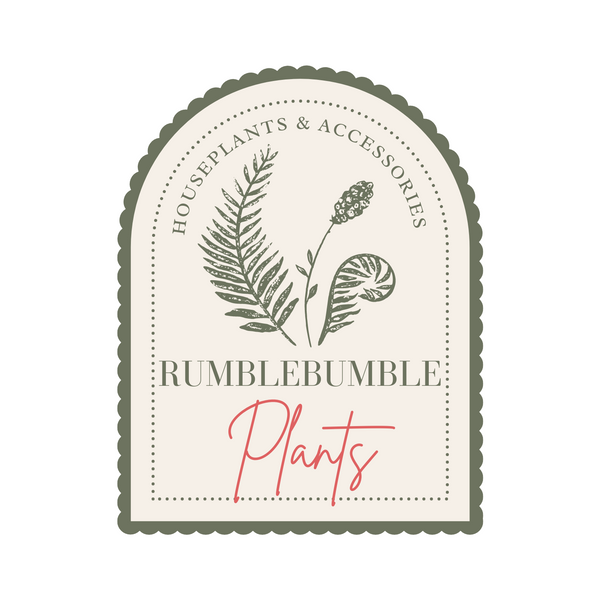Peperomia Prostrata 'String of Turtles'
Peperomia Prostrata 'String of Turtles'
Couldn't load pickup availability
Peperomia prostrata, commonly known as the 'String of Turtles', is a captivating and unique plant known for its small, round leaves that resemble turtle shells, hence the name. This trailing plant is part of the Peperomia family and is highly prized among houseplant enthusiasts for its decorative appearance and ease of care. The 'String of Turtles' is perfect for hanging baskets or shelves where its vines can elegantly drape down, displaying its beautiful leaf patterns.
🌿 Botanical Name: Peperomia prostrata
💧 Care Level: Easy to moderate. While it is generally low-maintenance, attention to watering and light can help it thrive.
📏 Size: The vines can grow quite long under optimal conditions, often reaching several feet in length, but the plant itself remains compact, with leaves typically under an inch in diameter.
☀️ Light: Prefers bright, indirect light. Direct sunlight can damage the leaves, but too little light may reduce the vibrancy of its leaf patterning. A spot near a window with filtered light is ideal.
💧 Water: Water when the top inch of soil feels dry to the touch. Peperomia prostrata is susceptible to overwatering and root rot, so it's important to let the soil dry out somewhat between waterings. Ensure the pot has good drainage.
💦 Humidity: Enjoys high humidity but is quite adaptable and can thrive in average household humidity levels. If the air is very dry, consider increasing humidity around the plant with a humidifier or pebble tray.
🌡️ Temperature: Prefers average room temperatures, ideally between 65°F to 75°F (18°C to 24°C). Protect it from drafts and extreme cold or heat.
🌱 Soil: Use a well-draining, lightweight potting mix. A mix specifically formulated for succulents or cacti is a good choice, as it ensures adequate drainage.
🌱 Fertilizing: Fertilize lightly during the growing season (spring and summer) with a balanced, diluted liquid fertilizer. Do not over-fertilize, as this can harm the plant.
🔄 Pruning: Pruning is generally not necessary for health but can be done to maintain the desired shape and length of the vines or to encourage fuller growth.
🍃 Pests and Diseases: Keep an eye out for common pests such as spider mites, mealybugs, and fungus gnats. Overwatering can lead to root rot, so it's crucial to maintain proper watering practices and good drainage.
Propagation: Easily propagated from stem cuttings. Simply cut a piece of stem with a few leaves and either place it in water or directly in moist soil. Keep the soil lightly moist and provide bright, indirect light until the cuttings have rooted.
Share




